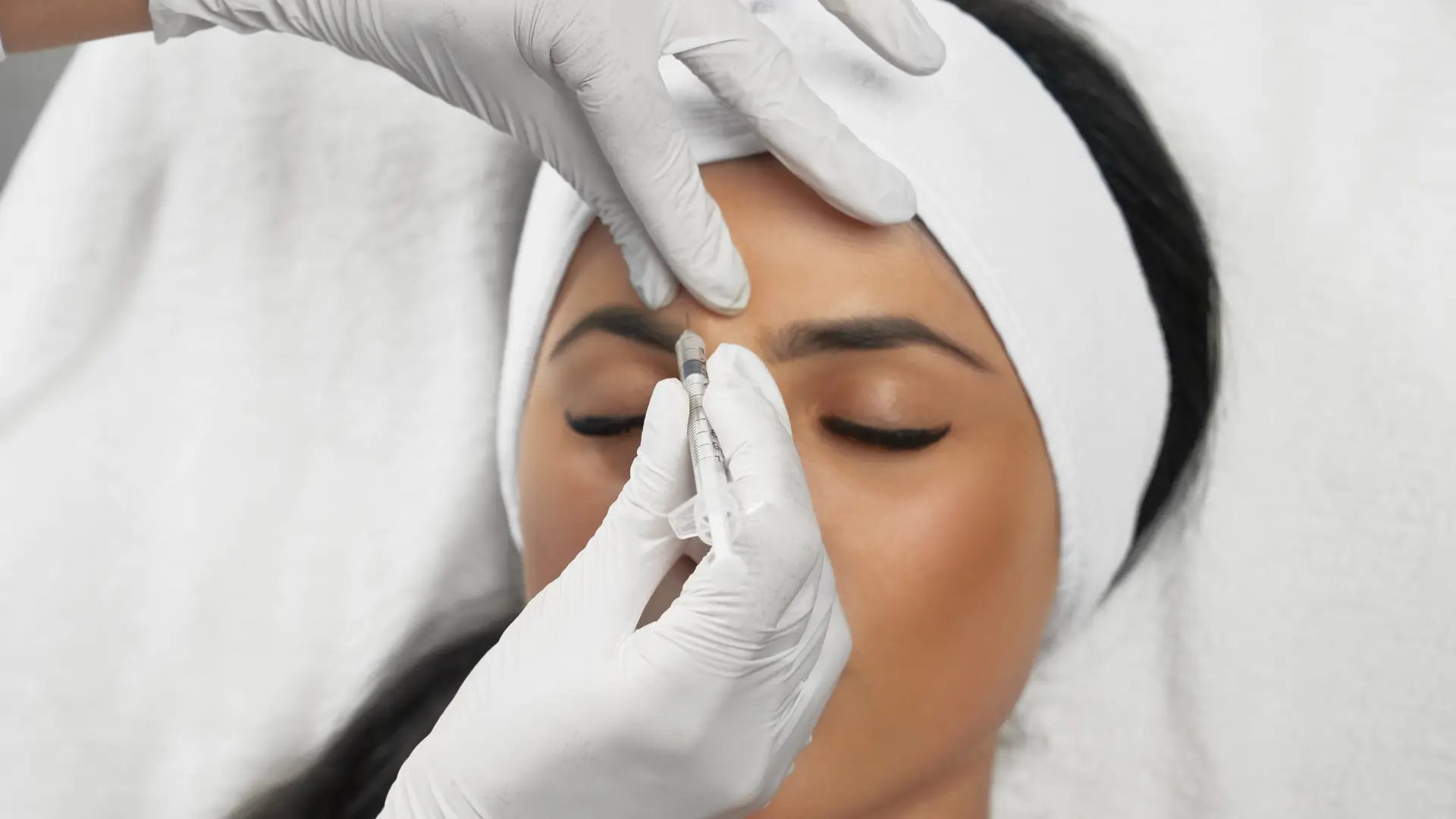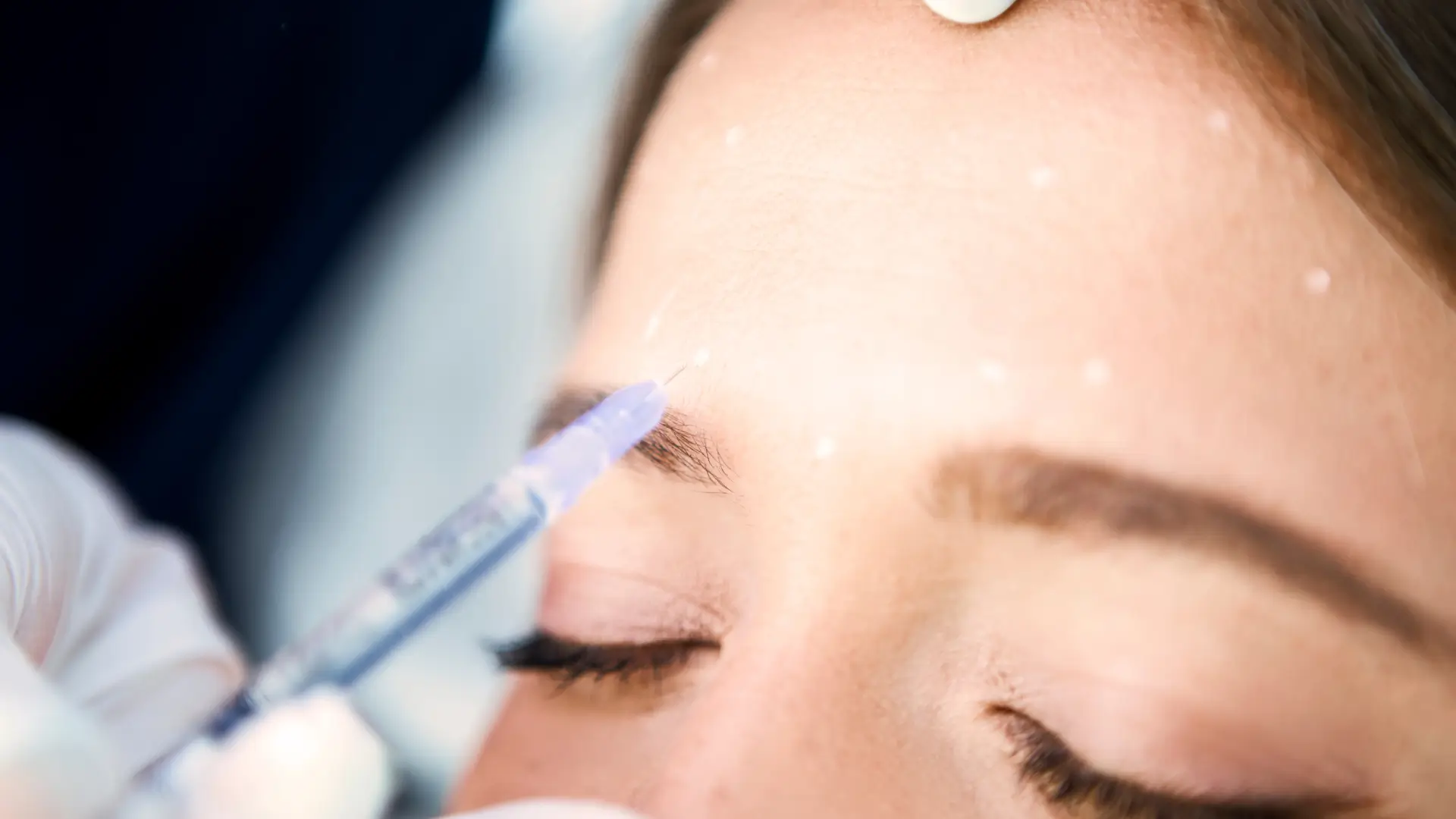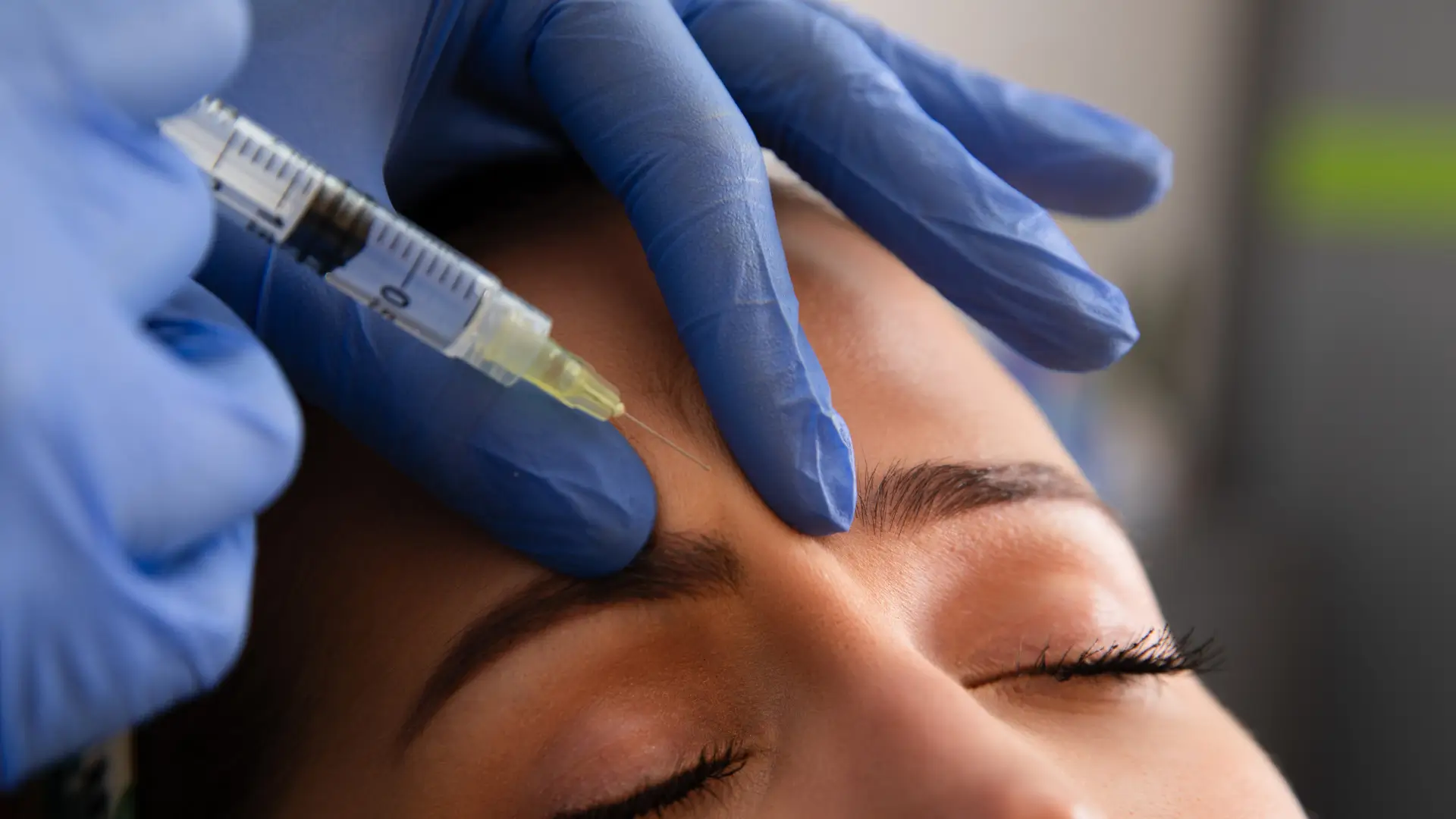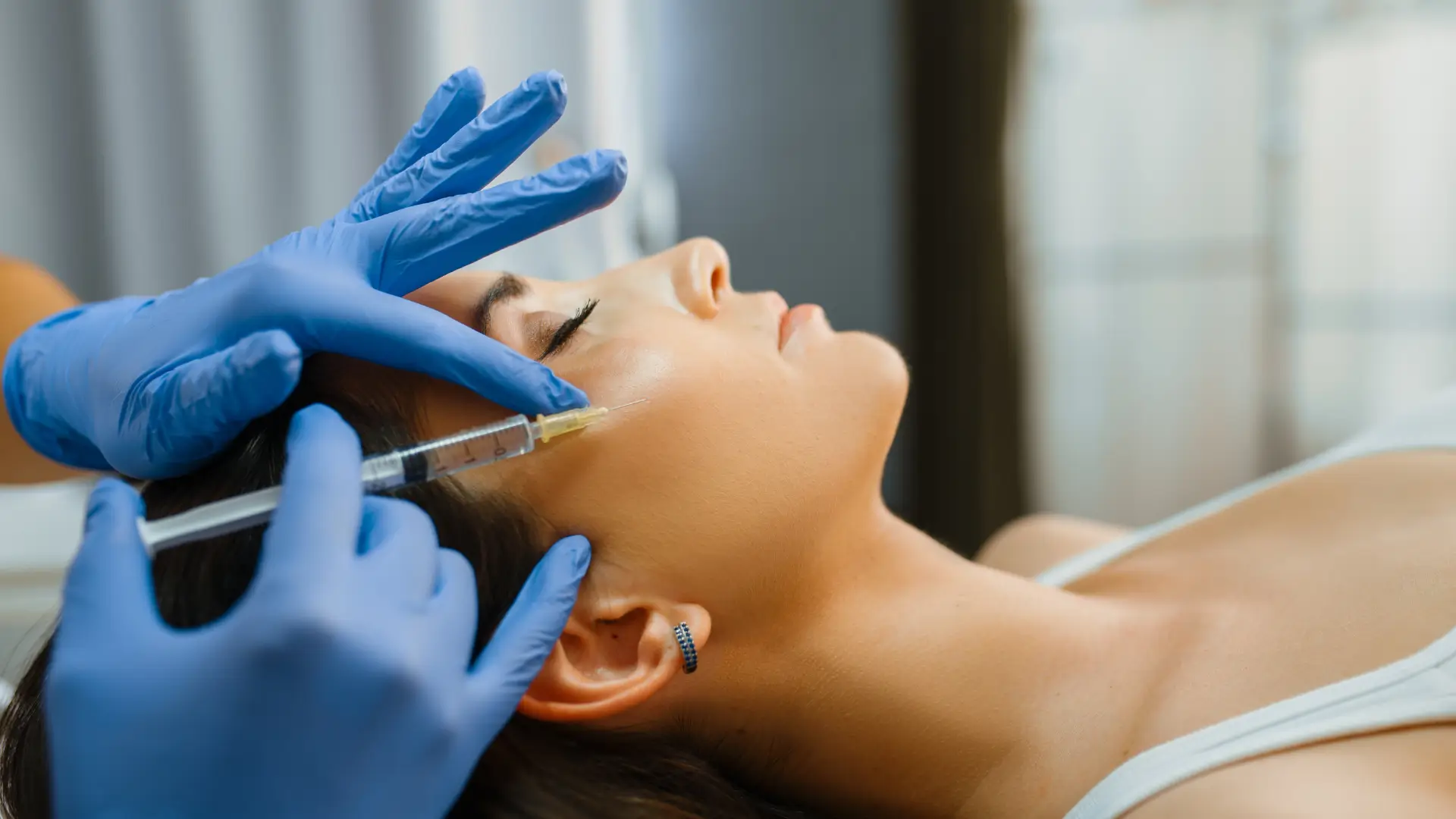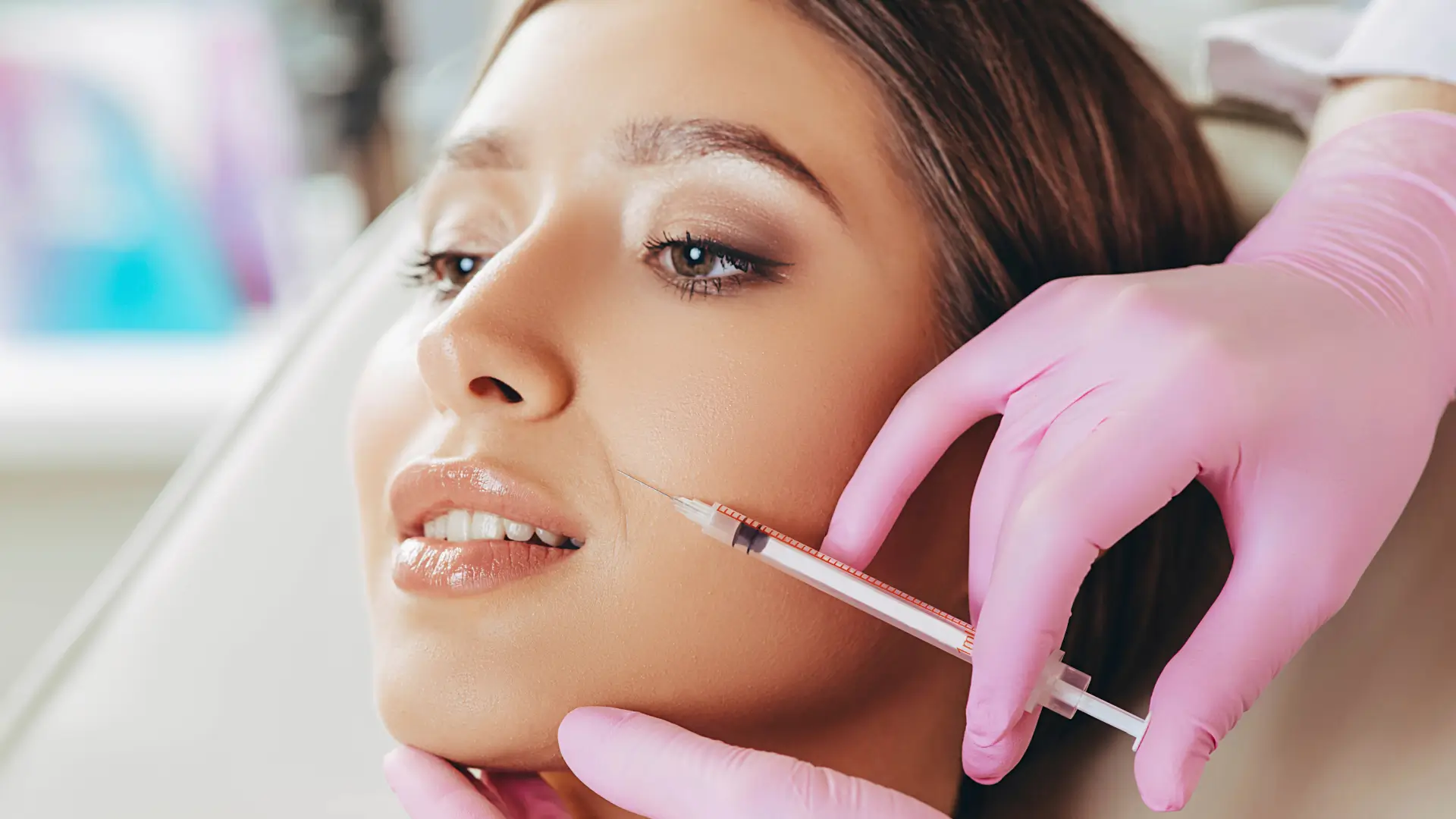Did you know that botulinum toxin injections have become the world’s leading nonsurgical cosmetic procedure, with over 9 million treatments administered globally in 2022? This remarkable rise in popularity highlights just how effective botulinum toxin has become for smoothing wrinkles and restoring a more youthful appearance.
With the growing demand for these treatments, both clinicians and patients are seeking formulations that ensure consistency and safety. Liztox, a botulinum toxin type A injectable produced by Huons Biopharma Co., Ltd., stands out for its precise dosing units and well-defined reconstitution protocols. Understanding how to properly administer Liztox is crucial for achieving the best possible results—without getting bogged down in overly technical details.
In this article, we’ll guide you through the essential steps for administering Liztox, covering reconstitution, injection techniques, dosing considerations, and best safety practices to ensure optimal outcomes for your patients.
Key Takeaways
- Liztox requires careful reconstitution with 2.5 mL of sterile 0.9% saline for optimal effectiveness.
- Medical professionals should use a 30-gauge needle to improve patient comfort during injections.
- Target specific facial areas like glabellar lines and crow’s feet for the best aesthetic results.
- Proper storage and handling of Liztox ensure potency and reduce contamination risks.
- Practitioners can minimize complications by refining injection techniques and following safety protocols.
About: Medica Depot is your trusted all-in-one supplier, offering a range of high-quality medical injectables and supplies. If you’re looking to buy Liztox, contact Medica Depot’s sales representatives and they will guide you on how to do so. Whether for health professionals, plastic surgeons, dermatologists, licensed estheticians, or other specialists, we can offer genuine, brand-name products you may need. With Medica Depot, we prioritize serving you better to improve the patient’s quality of life.
Mixing Liztox: Preparation Tips and Reconstitution Best Practices
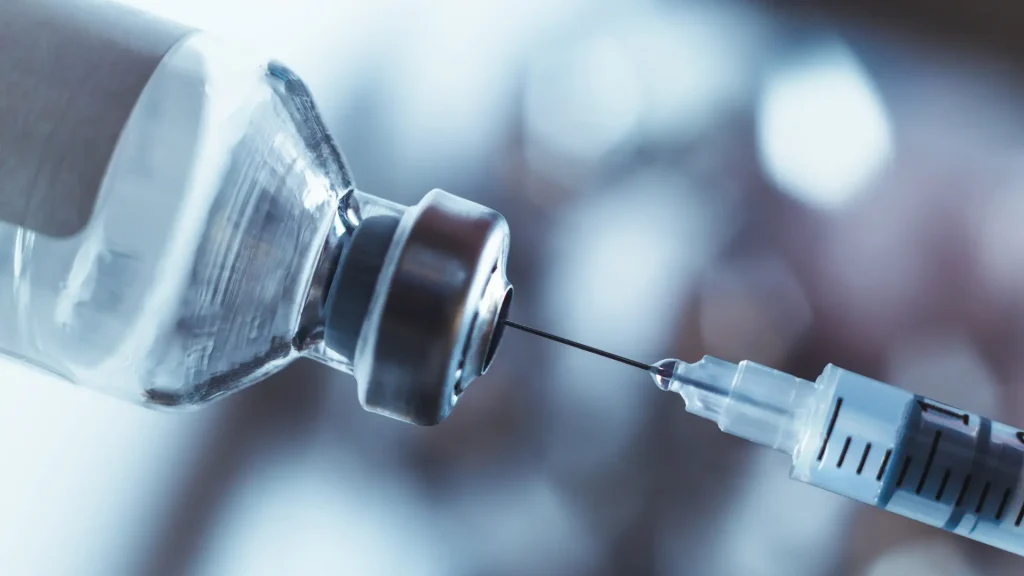
Proper preparation is crucial for ensuring a smooth and safe treatment, regardless of the therapeutic or cosmetic procedure. When selecting between Liztox vs Botulax, medical professionals must understand and strictly adhere to the recommended dilution protocols for each botulinum toxin injection.
For Liztox vials (also marketed as Hutox), reconstitution requires just a few steps, making it convenient for practitioners:
- To reconstitute a 100 U Hutox or Liztox vial, draw up 2.5 mL of sterile 0.9% saline and inject it slowly down the vial wall.
- Swirl gently to fully dissolve the Liztox powder and form a clear Liztox solution.
- Immediately label the vial with the final concentration (4 U/0.1 mL) and note the reconstitution time for full traceability.
- Once mixed, use the solution within 24 hours. Discard any unused portion after this period to ensure both potency and sterility.
Before mixing Liztox, disinfect the vial stopper with alcohol. Use a sterile needle during preparation and always switch to a new one for injection to prevent contamination. These steps are vital for maintaining the high purity level of the product.
Additionally, store unopened vials in a light-protected refrigerator at 2–8 °C. Ensure the vials are kept in a monitored unit with temperature logs and avoid any freeze-thaw cycles. Always wipe the rubber stopper with an alcohol swab before drawing the solution, and use a new needle for injections to minimize the risk of contamination.
After Dilution: How to Use Liztox for Common Aesthetic Goals
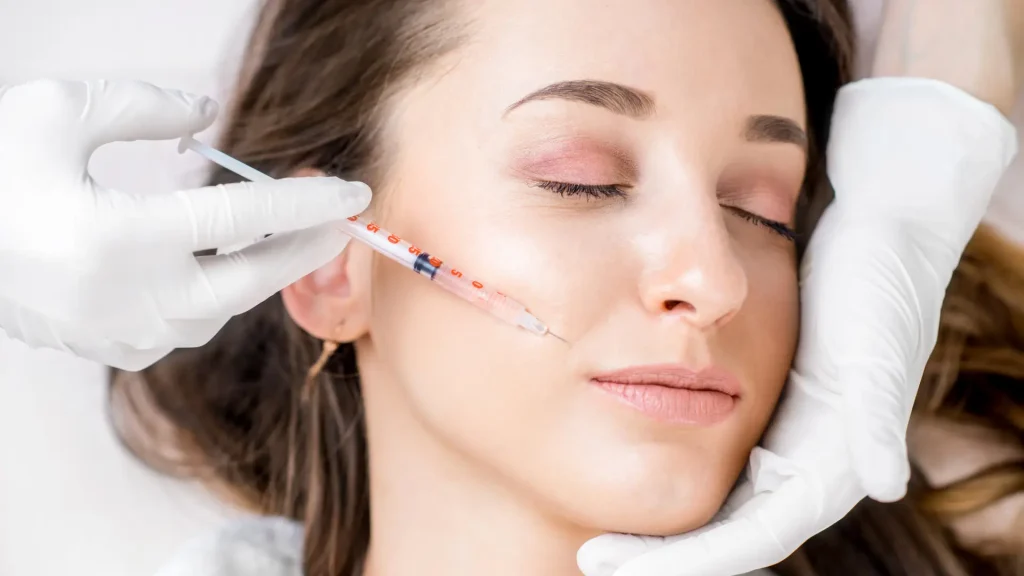
Liztox solution (also known as Hutox) effectively smooths dynamic wrinkles by temporarily relaxing facial muscles. Medical professionals commonly use Liztox to temporarily relax muscles and treat expression-related or dynamic wrinkles in key areas such as:
- Glabellar “11” lines (corrugator and procerus muscles)
- Crow’s feet (orbicularis oculi)
- Forehead lines (frontalis)
- Nasolabial folds
- Smile lines
- Neck wrinkles
In addition, Liztox has proven effective in treating upper extremity spasticity in post-stroke patients. A clinical trial demonstrated that Liztox was non-inferior to Botox for the treatment of post-stroke upper limb spasticity.
For glabellar lines, the recommended dilution ratio provides a standard dosage of 20 units across five injection sites. For delicate areas like lip lines, injection volumes typically range from 0.05 to 0.2 mL per site (depending on the severity of the condition). Clear labeling of dilution ratios ensures accuracy during treatment.
Injection Techniques That Work Well with Liztox
To maximize patient comfort and ensure precise dosing, clinicians often use 30-gauge needles and proper injection techniques. After mixing Liztox, practitioners should switch to a fresh needle to prevent clogging and maintain smooth injection flow.
For treating glabellar lines, inject 0.1 mL (4 units) at five standardized points: two injections into each corrugator muscle and one into the procerus. Deliver the injections at a 90° angle and a depth of 3 to 5 mm, targeting the muscle belly while minimizing the risk of superficial bleeding or bruising.
Additionally, practitioners should use the microdroplet technique to control toxin diffusion. Inject 0.05 to 0.1 mL per site, inject slowly, and avoid massaging the area after treatment. Applying a cold compress can reduce swelling and bruising.
Avoiding Complications During Liztox Use
By refining injection planning, needle selection, and aftercare, practitioners can ensure patient safety and deliver consistent aesthetic results. Patients should always seek guidance from licensed and trained medical professionals to avoid complications during the procedure.
- Preventing Eyelid Ptosis: To avoid eyelid ptosis, place glabellar injections at least 1.5–2 cm above the orbital rim, targeting only the muscle bellies of the corrugator and procerus muscles. Avoid injecting near the surrounding tissues.
- Minimizing Injection-Site Bruising: Before treatment, pause anticoagulant or anti-inflammatory medications when safe. Apply firm pressure or ice immediately after each injection, and draw up the diluent slowly to minimize tissue trauma.
- Preventing Toxin Migration: To avoid unintended migration of the toxin, keep individual injection volumes low and space sites at least 1 cm apart. Patients should be instructed to avoid rubbing, massaging, or lying flat for 24 hours post-treatment.
Post-Treatment Advice and Follow-Up Timing with Liztox
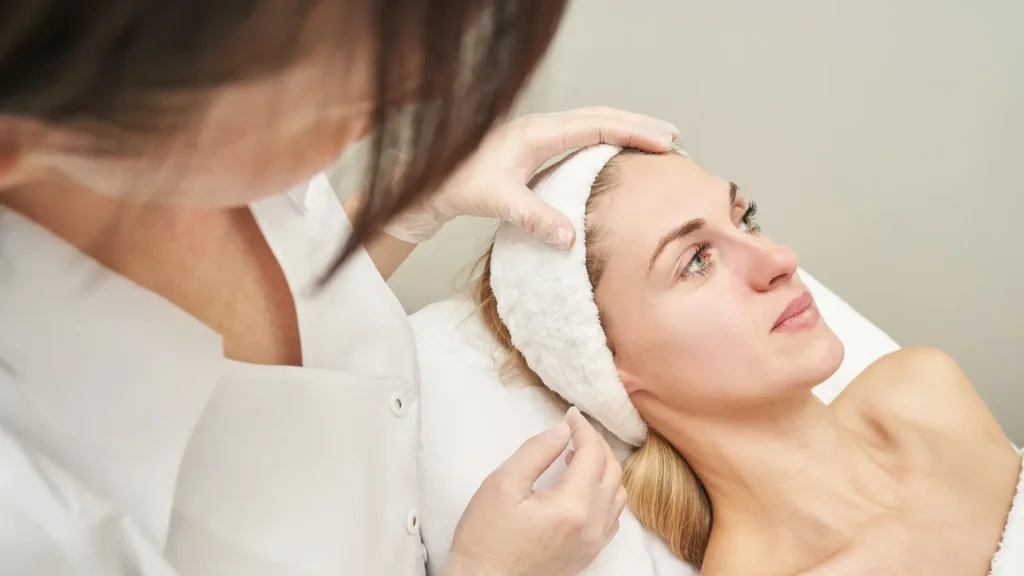
Although the Liztox manufacturer has not provided specific post-treatment care guidelines, practitioners and patients should follow essential post-procedure tips to ensure the best possible results.
- Patients should avoid touching treated areas for 24 hours to prevent the toxin from spreading.
- They should refrain from strenuous exercise, sauna sessions, and alcohol for the first 24 hours to reduce swelling and bruising.
- Sleeping on one’s back and applying a cold compress during the first 24 hours can help soothe discomfort and limit bruising.
- Broad-spectrum sunscreen should be applied daily to protect the skin and support its healing process.
- A two-week review is recommended to assess results and monitor for any reactions. Practitioners should schedule retreatment every 12 to 16 weeks to maintain smooth, natural results. It’s also essential to document patient feedback and monitor for any adverse reactions during each follow-up.
Continuous monitoring and patient feedback help refine both dosage and dilution ratios for long-term satisfaction. These tips ensure the safety and precision expected from a highly purified product like Liztox.
Conclusion
Administering Liztox effectively requires a solid understanding of preparation, dosage, and injection techniques. By following the recommended protocols for reconstitution and using the appropriate needles, practitioners can ensure a safe and comfortable experience for their patients.
Moreover, awareness of potential complications is crucial. Proper injection placement and aftercare can help prevent issues like bruising and eyelid ptosis. With the right approach, Liztox can deliver satisfying aesthetic results, making it a valuable tool in nonsurgical cosmetic treatments. Practitioners should always prioritize patient safety to achieve the best possible outcomes.
FAQs
1. What is the proper way to reconstitute Liztox?
To reconstitute Liztox, draw up 2.5 mL of sterile 0.9% saline and inject it slowly into the vial. Swirl gently to dissolve the powder completely.
2. What needle gauge should practitioners use for injections?
Practitioners should use a 30-gauge needle to enhance patient comfort and ensure accurate dosing. They should always use sterile and fresh needles when reconstituting and administering.
3. How can complications such as bruising be minimized during treatments?
To minimize bruising, apply firm pressure or ice right after each injection. Additionally, it’s advisable to pause anticoagulant medications when safe to do so.
References
- American Board of Cosmetic Surgery. Botox-type Injectables, Neurotoxins. ABCS. Accessed July 7, 2025. https://www.americanboardcosmeticsurgery.org/procedure-learning-center/non-surgical/guide-botox-type-injectables/
- Ye DH, Chun MH, Park YG, et al. A Randomized, Double-Blind, Active Control, Multicenter, Phase 3 Study to Evaluate the Efficacy and Safety of Liztox® versus Botox® in Post-Stroke Upper Limb Spasticity. Toxins (Basel). 2023;15(12):697. Published 2023 Dec 12. doi:10.3390/toxins15120697
